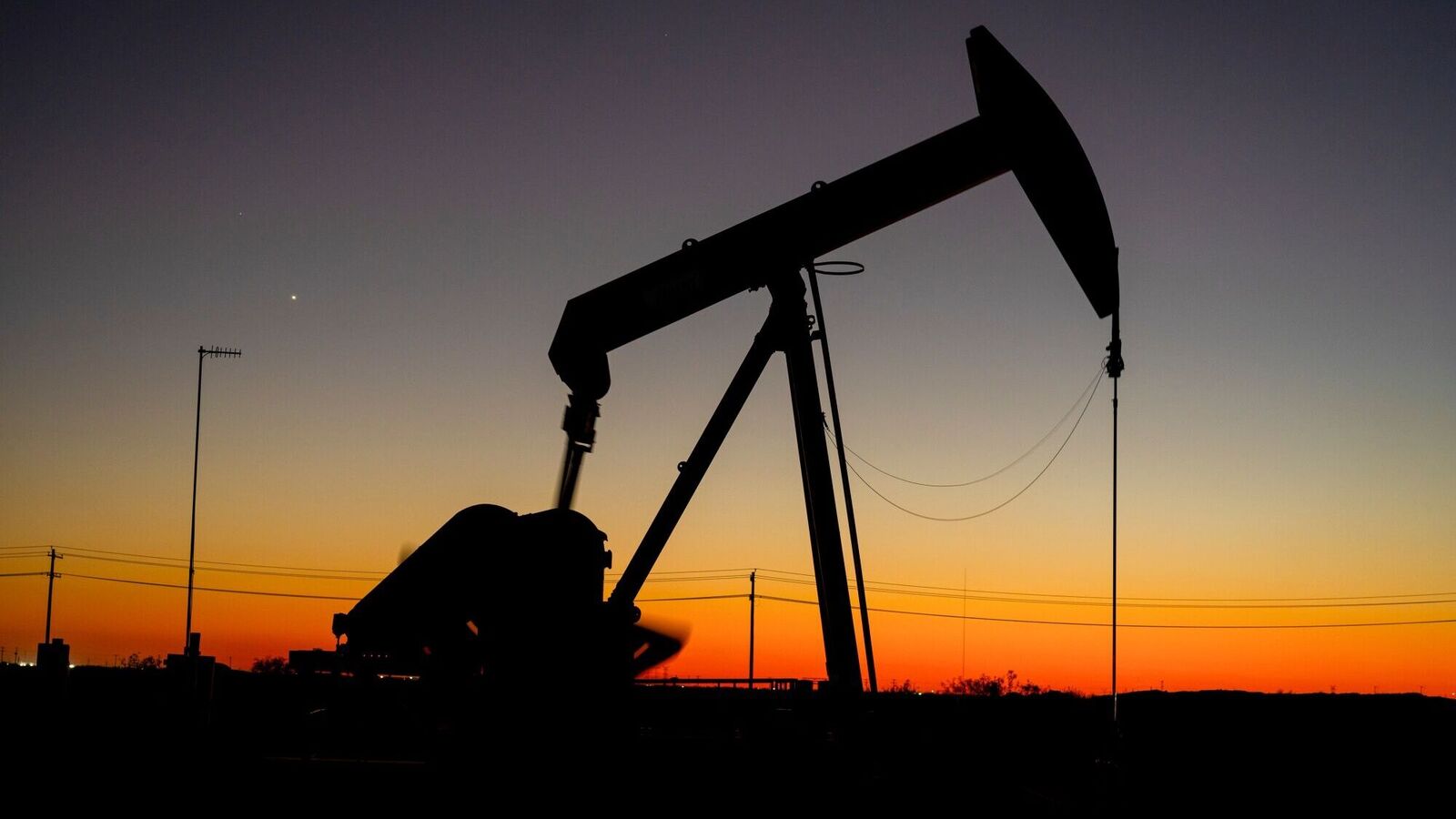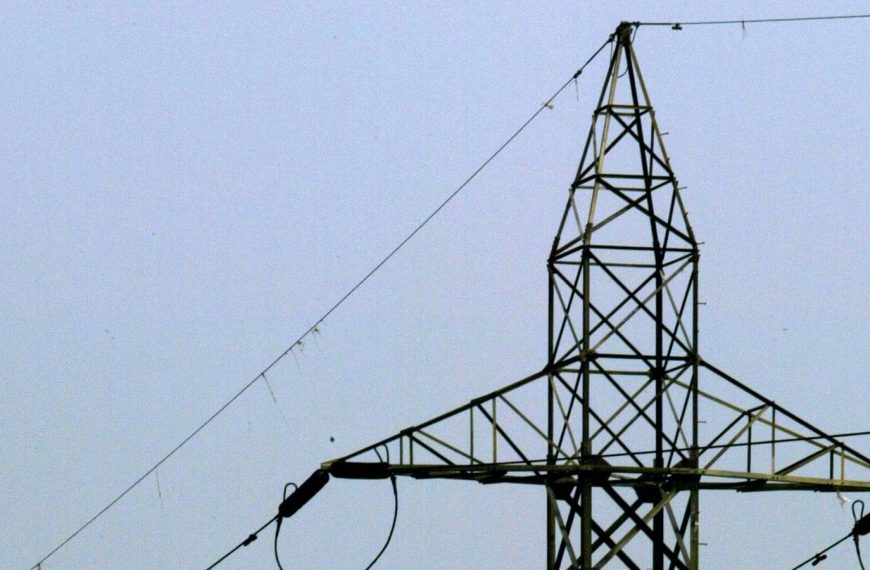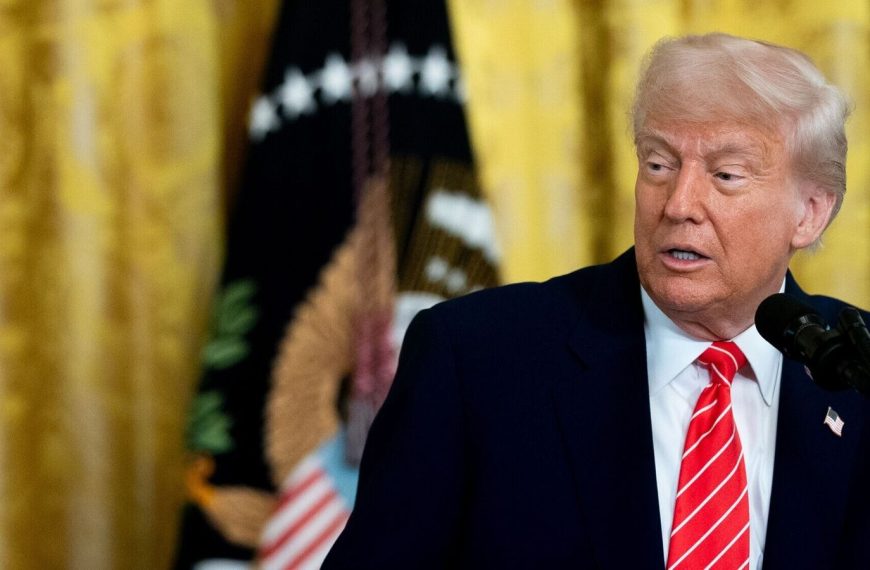In a private meeting at Mar-a-Lago, Donald Trump made a striking comment to a group of oil executives: “If I’m not president, you’re screwed.” This statement underscores his position during the recent election cycle, where he positioned himself as the savior of the American oil industry, especially against the backdrop of a Democratic administration perceived as hostile to fossil fuels. Interestingly, domestic oil production surged during Joe Biden’s presidency, contradicting Trump’s narrative.
The Oil Landscape Post-Trump’s Election
Since Trump’s return to the presidency, his administration has aggressively rolled back environmental regulations and fast-tracked permits, urging oil producers to "drill, baby, drill." However, his trade policies have had a negative impact on global demand for oil. Notably, the price of West Texas Intermediate crude has plummeted from $80 to $60 a barrel, putting pressure on the shale industry, which produces about two-thirds of the nation’s oil.
- Current Challenges for Shale Producers
- The average production cost for shale companies is around $63 per barrel, making the current prices untenable.
- Major players like Diamondback Energy have already announced significant cuts, including a $400 million reduction in capital expenditures.
The Ripple Effect of Falling Prices
Travis Stice, CEO of Diamondback, warned that persistent low prices could lead to a decline in U.S. oil production, a sentiment echoed by energy-focused private equity firm Kimmeridge’s Ben Dell. The situation is exacerbated by tariffs imposed on essential materials like steel, which significantly raise operational costs for oil producers.
- Impact on Smaller Producers
- Recent industry consolidation has led to major companies like BP, Chevron, and ExxonMobil controlling approximately 60% of American shale output.
- Smaller firms, which often have less efficient wells and higher operational costs, are particularly vulnerable. They lack the leverage to negotiate better terms with suppliers and often face higher borrowing costs.
The Divide Between Giants and Independents
Interestingly, while the larger oil companies have so far refrained from cutting production, they are not fully aligned with Trump’s energy policies. His proposal to eliminate subsidies for carbon capture and hydrogen technologies—areas where these giants have heavily invested—has raised concerns.
Conversely, smaller oil operators continue to support Trump fervently. Harold Hamm, a prominent figure in the shale industry, has been instrumental in rallying support for Trump and even influenced the appointment of Christopher Wright as Energy Secretary.
A Secretive Gathering and Future Prospects
Recently, Hamm organized a clandestine meeting in Tulsa, where oil executives discussed strategies to bolster natural gas usage in data centers for artificial intelligence. Reports suggest that this gathering included high-ranking members of Trump’s cabinet, reflecting a concerted effort to favor fossil fuels over renewable energy sources.
Despite the challenges posed by tariffs and fluctuating prices, the smaller oil firms remain hopeful about Trump’s presidency, anticipating that his administration will continue to prioritize their interests in the complex energy landscape.
In conclusion, as the oil market faces uncertain times, the dynamics between large and small producers, alongside the political climate, will shape the future of the U.S. energy sector. The coming months will be crucial for stakeholders aiming to navigate these turbulent waters.











